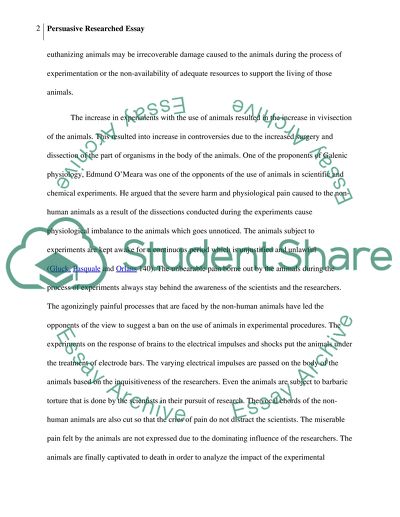Cite this document
(“The Use of Animals in the Experiments Research Paper”, n.d.)
The Use of Animals in the Experiments Research Paper. Retrieved from https://studentshare.org/social-science/1481805-persuasive-researched-essay
The Use of Animals in the Experiments Research Paper. Retrieved from https://studentshare.org/social-science/1481805-persuasive-researched-essay
(The Use of Animals in the Experiments Research Paper)
The Use of Animals in the Experiments Research Paper. https://studentshare.org/social-science/1481805-persuasive-researched-essay.
The Use of Animals in the Experiments Research Paper. https://studentshare.org/social-science/1481805-persuasive-researched-essay.
“The Use of Animals in the Experiments Research Paper”, n.d. https://studentshare.org/social-science/1481805-persuasive-researched-essay.


